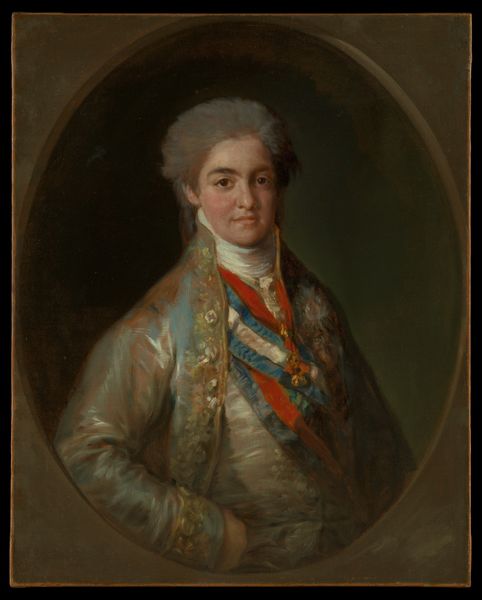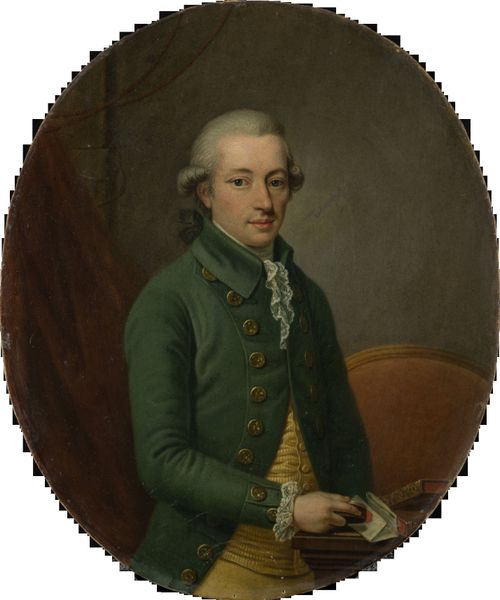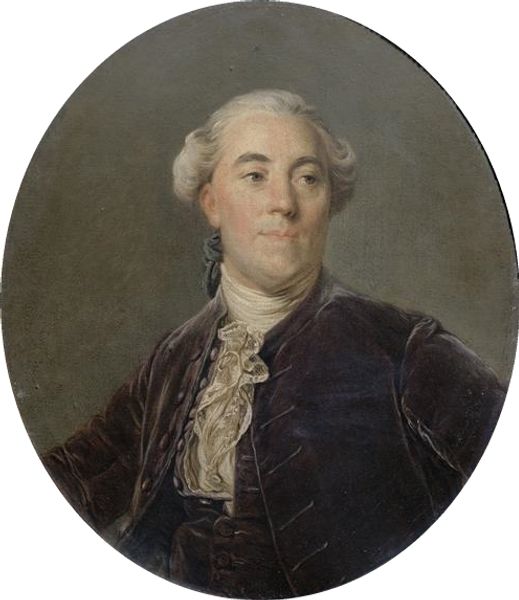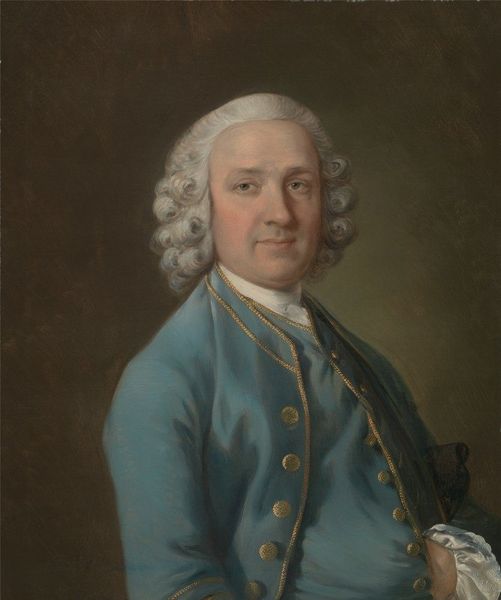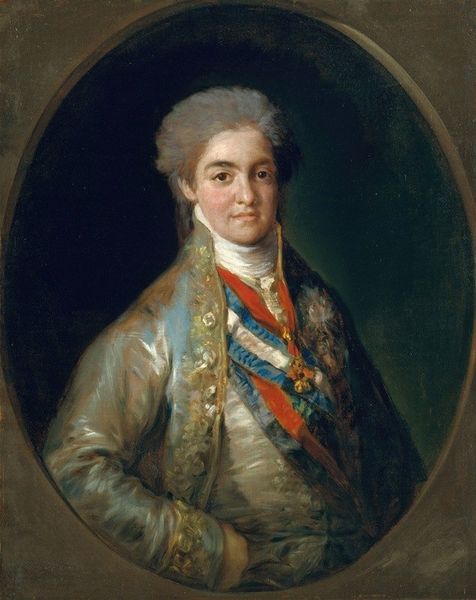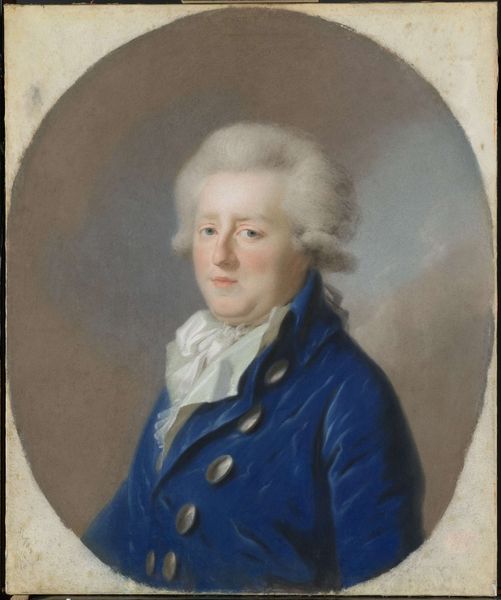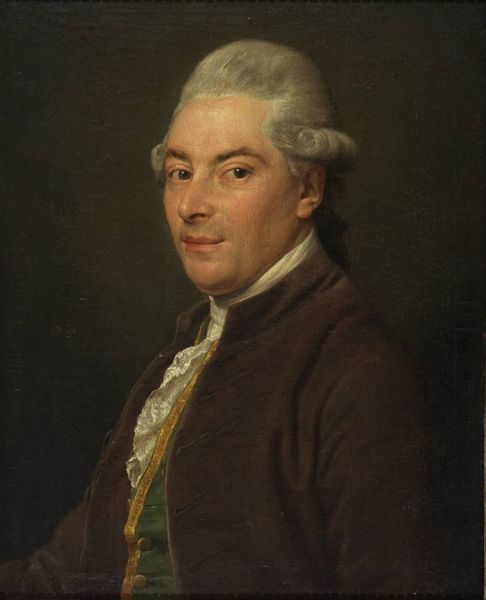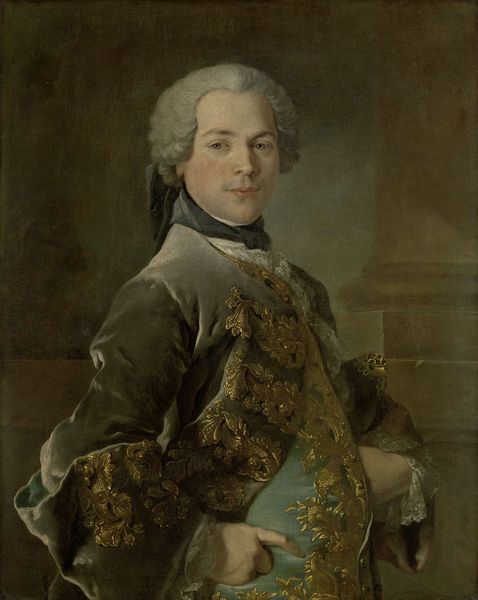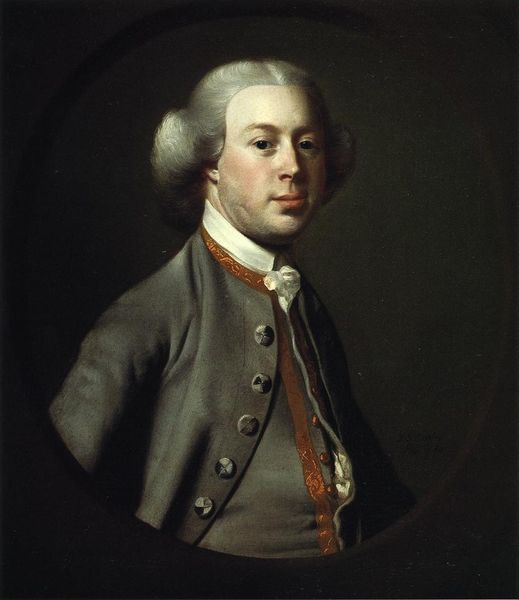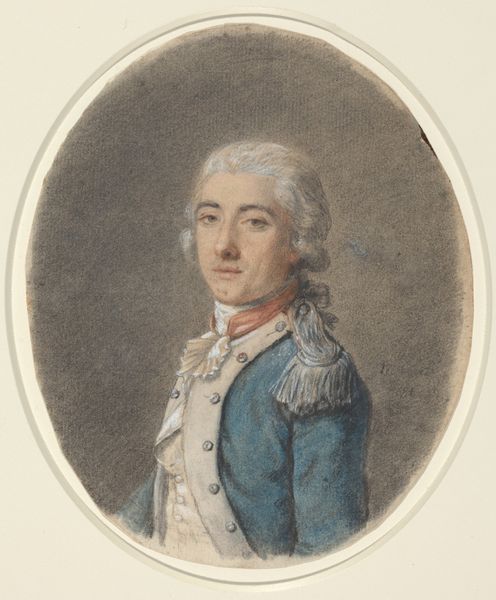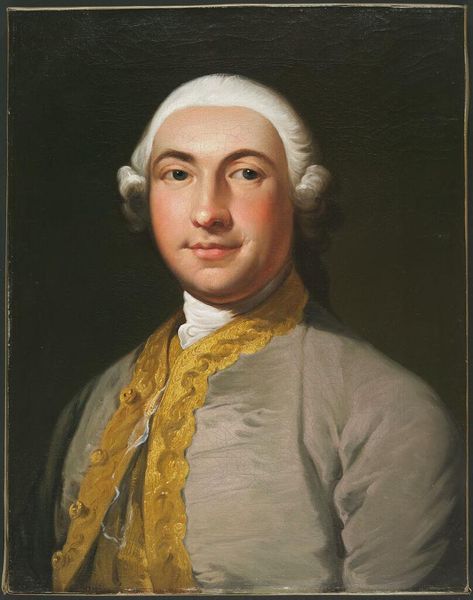
painting
#
portrait
#
painting
#
romanticism
#
academic-art
Copyright: Public domain
Editor: We’re looking at a painting of “Charles Joseph de Pallu” by Joseph Ducreux. It’s rendered in an academic style, and there’s such a lightness to the overall composition! What can you tell me about how art like this reflected its time? Curator: Considering its possible Romantic influences, think about the social upheavals of the late 18th century. How does portraying an individual, with such...shall we say *pleasant* features...reflect shifting power structures and the rise of a new bourgeois class asserting its place in visual culture? Editor: So, you're saying portraiture became less about royalty and more about projecting an image of... respectability? Curator: Precisely! And what does the painter subtly suggest by his gaze, his dress, his *lack* of ostentatious display of wealth through jewelry for example? Think of it as carefully constructed propaganda for a new kind of social aspiration. Editor: It is interesting that you call it propaganda! So, what kind of audience was Ducreux hoping to reach? Were these images aimed at a salon audience, or were they more broadly circulated? Curator: Good question! How would access to these images impact perceptions of class and status among the general population? Editor: Hmm, that gives me a lot to consider about the role of portraiture in shaping social narratives! Curator: Exactly, it's not *just* a portrait, it's a carefully crafted message within a specific historical moment, playing on specific ideals and projecting certain expectations.
Comments
No comments
Be the first to comment and join the conversation on the ultimate creative platform.
